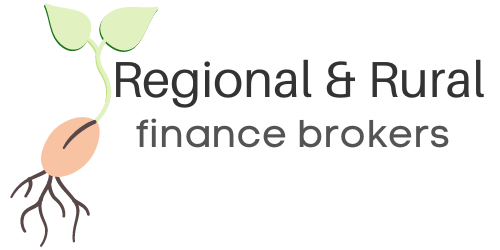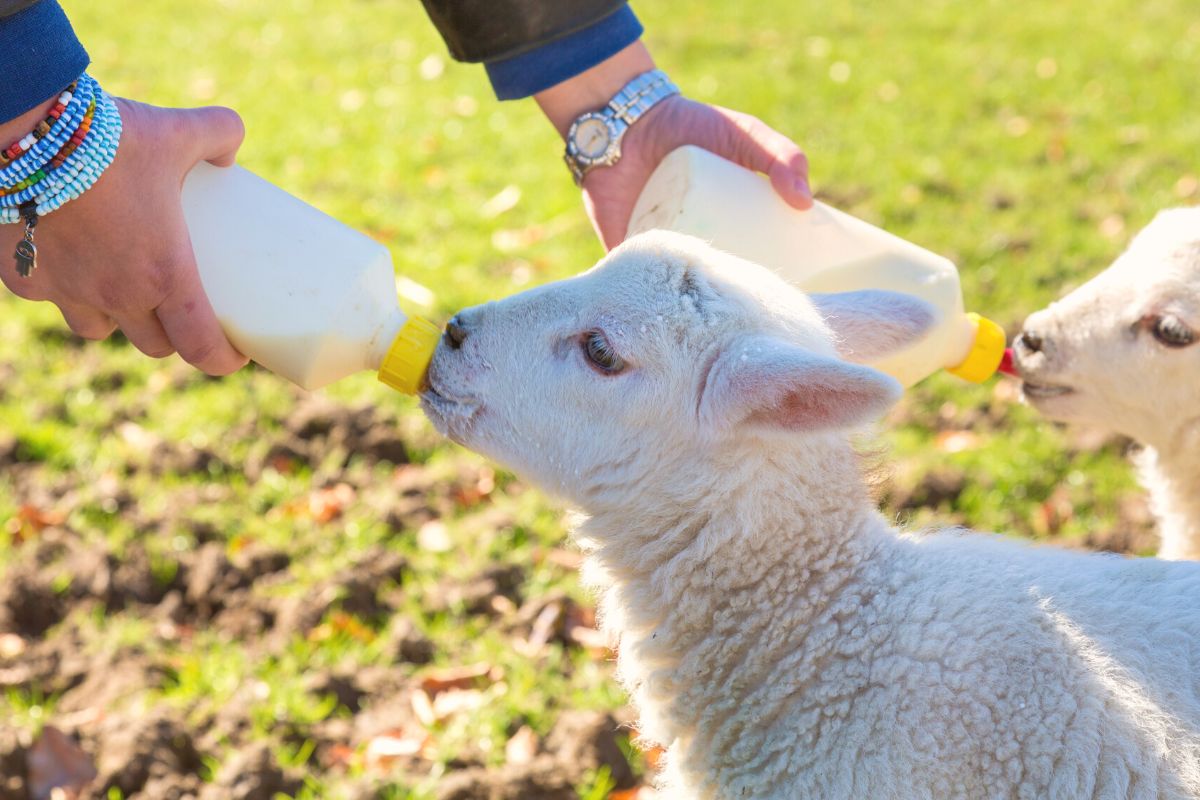How to care for an orphan newborn lamb | A complete guide
Caring for an orphaned or rejected lamb is an enriching experience for both farmers and animal enthusiasts alike. But make no mistake! Caring for a newborn lamb is hard work! When these vulnerable creatures find themselves without the guidance of their mother, it is up to us to give them the care and attention they need to survive.
Australia’s history is rich with the presence of different breeds of sheep, which are raised for their meat, milk, wool, and skins. The mortality rate of orphaned lambs is quite high, so it is important to be armed with the right knowledge in order to help these animals.
This guide will let you know the essentials of taking care of a newborn lamb, from ensuring their health to providing proper nutrition, a safe environment from predators, and lots of emotional support.
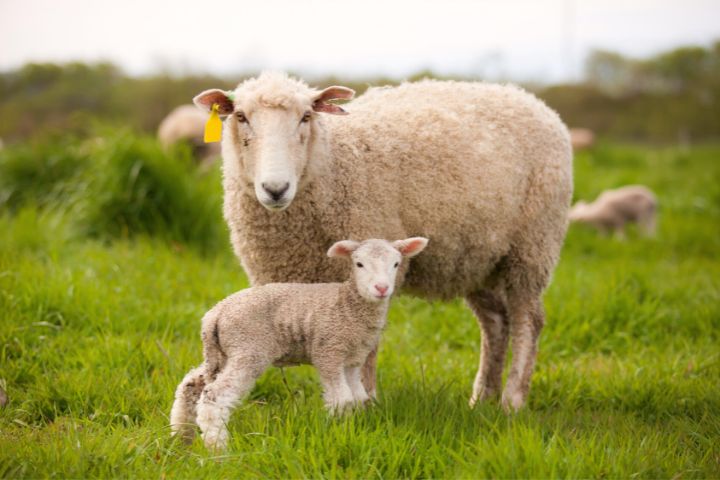
Ewes who have no maternal instincts or are sick and malnourished will not have the patience or energy to take care of their baby. They may even become very aggressive and injure their lamb, so ensure that the lamb is removed.
It is also common for lambs to be abandoned by inexperienced ewes who walk too fast. The lamb cannot keep up and is always lost in the pastures, so they do not feed properly.
The Basic Needs of a Lamb
While feeding is a major part of raising an orphaned or abandoned lamb, their needs don’t stop there:
1 Ewe’s Colostrum
Colostrum is essential for a lamb’s survival. Without the antibodies and nutrients present in the colostrum, a lamb’s immune system is unlikely to properly develop.
You might be tempted to feed the lamb any type of milk, but this will not be ideal. The lamb has to have colostrum. This is the first milk that comes from the mother sheep after she gives birth, and it is full of protein, fats, and antibodies that help the lamb grow healthy. You should get your lamb to drink this immediately after birth.
You can milk the lamb’s mother or give colostrum from other sheep; the lamb should have about 500ml of it for the first day. This must be fed over 6 to 8 feeds.
If colostrum from an ewe isn’t available, you can buy colostrum replacer. It’s important to pick a product that is suitable for lambs.
2 Clean the lamb’s airways
If an ewe dies or rejects her lamb immediately after birth, make sure their face and airways is clean. Often, lambs are born with the remains of amniotic sac around their mouth and airways. A nursing ewe instinctively cleans it by licking the lamb’s face. If the ewe has not done so, it’s time to intervene to avoid the risk of suffocation.
3 Keep the lamb warm
Newborn lambs are not very good at regulating their body temperature and get cold very quickly. If they don’t have an ewe keeping them close their body warmth, it’s essential to cover them. Lamb coats or vest (much like dogs ones) are good source of warmth.
Additionally, for the first few weeks, they should be kept in a sheltered environment at night, protected from rain and wind. A little bed made out of hay, straw or old blankets can also help with coziness and warmth.
4 Protection Against Predators
Without their mother, a lamb has next to no chance of surviving a predator’s attack. Foxes, wild dogs, etc are always looking for their next feed and a lonely lamb becomes an easy target for them.
In the first few weeks, it’s important for lambs to be closely supervised by humans. If you have guardian animals, such as dogs or alpacas, it’s a good move to introduce your lambs to them as part of the flock.
5 Exercise and Socialise
During the day, allow your lamb to run around and play in the yard or in the pen (if it is big enough). Let it get some fresh air, sunlight, and space to explore its environment. This lets the lamb exercise its muscles, allowing it to grow strong.
The lamb must also bond and socialise with other sheep and lambs. Put it on a pasture with other sheep and allow it to make relationships with other sheep. This lets them learn how to be a sheep, so if they are reintroduced into a herd, they would fend well.
As they get re-introduced to the herd, be mindful of their mother, as the ewe may still show signs of rejection by quicking the lambs away.
6 Food
Once they had colostrum, you can move on to bottle feeding and eventually grazing.
How to Feed an Orphaned Lamb
Here are some pointers on how to feed an orphaned lamb. Following these steps will help the lamb grow strong and ensure its survival without its mother.
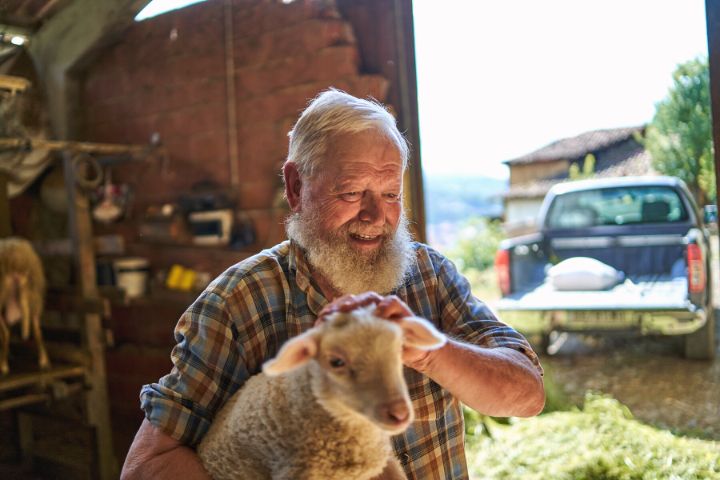
Colostrum
As mentioned earlier, making sure lambs get their dose of colostrum is imperative for their survival. Without colostrum from an ewe or an adequate colostrum replacer, lambs are unlikely to survive as their immune system will be far too weak.
Bottle Feeding
You must teach the lamb how to drink from a bottle. The lamb must stand with its head up, and you must slowly put the bottle’s nipple into the lamb’s mouth. Move its jaw up and down so the lamb latches on and drinks the milk.
If you are having a problem with the normal rubber teat on the feeding bottle, you can also buy a teat that can be twisted on to the bottle. This is more expensive; however, worth it as it will greatly help your lamb!
You should talk to the veterinarian if the lamb isn’t latching on. They will suggest a feeding tube or some other solution to help. You cannot bottle-feed a lamb that cannot suckle because it may inhale the milk.
Switch to Lamb Milk Replacement
Once the lamb has drunk lots of colostrum for the first day, you can now switch to lamb milk replacement. You can start with 140ml, given every 4 hours. Milk replacement can be bought from a local store, and be sure to follow the instructions on the container.
Slowly increase the amount of milk you give over the first weeks. Increase to 500ml every four hours. You can feed that to the lamb for 2 weeks before increasing it to 700ml, 3 times a day for two weeks. Afterward, you can reduce the milk back to 500ml twice daily.
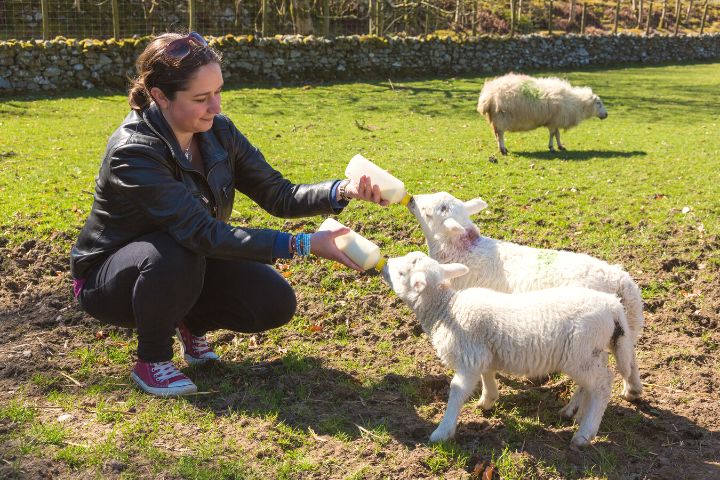
Water, Hay, and Grass
When your lamb is a few weeks old, you can start introducing grass, water, and hay. When your lamb gets the taste for grazing, you can reduce the milk it drinks until they stop drinking it at all. After three months, they should be grazing and becoming functional sheep.
Why Some Sheep Reject Their Lambs?
Natural selection may explain this common behaviour among many mammals – not just sheep. In order to have better chances of survival, some species may sacrifice a newborn in favor of another one or may reject their offspring altogether if they feel their only chance of survival is to be on their own.
Giving birth, breastfeeding, protecting babies against predators are resource intense activities that take a lot energy from mothers. If they feel they can’t do it, they will either reject the offspring or, in the case of twins or more, they may put their resources towards a particular baby – often the strongest one.
Ewes have their own spunky personality, which can affect how they react to their lamb. Young, inexperienced ewes may even find the birth and delivery of a lamb weird and will be uncertain of what to do. This results in them abandoning it or avoiding feeding it at all.
Sometimes, ewes may have been frightened by their birth and may connect that intense pain with their lamb. If the ewe got spooked during or after the birth, she may not want the lamb anywhere near her. Sheep are usually very anxious animals, so even a dog barking while she gives birth is enough to frighten her.
If you interfere too much with the lamb, it may also result in rejection. If the ewe notices that people that she doesn’t know want to look at her or touch her newborn, she will become upset and reject the lamb. You have to give the ewe and her baby to bond, and if she does not have time to do this, then the lamb will be left out in the cold.
Newborn Lamb Check-Up
When you find an orphaned or rejected lamb, it is important to check their health. You need to catch any issues early to deal with them properly to ensure that the lamb survives.
Here are some basic checks you can do:
- Take the lamb’s temperature- This is very important. When you find an orphaned lamb, it must be warmed up before you try feeding it. If they are cold, they cannot digest the milk. Use a rectal thermometer to check their body temperature. Normal temperatures are between 38.6°C to 39.7°C.
- Observe the lamb’s behaviour- You must watch its behaviour for any unusual activity, distress, or lethargy. Lambs are curious little buggers and are very eager to explore their surroundings as soon as they can get their legs to work!
- Check the lamb’s body- A healthy lamb will be a good weight. While you may be able to feel their ribs, it shouldn’t be too prominent. Be gentle when you run your hands over the lamb’s body. Feel for any unusual lumps, bumps, or anything else. If you notice any discharge from the eyes or nose, this means that the lamb has an infection.
When Should I Get My Lamb Vaccinated?
Your lamb should be vaccinated at around 3 months old.
Vaccination is important in order to keep your herd disease-free, but it’s also important in order to protect the biosecurity of Australian rural properties.
It would get shots for pulpy kidney and tetanus, but your vet may recommend more to protect the animal. This would include vaccinations with B12 in it, which helps with the lamb’s health and protects it from illnesses.
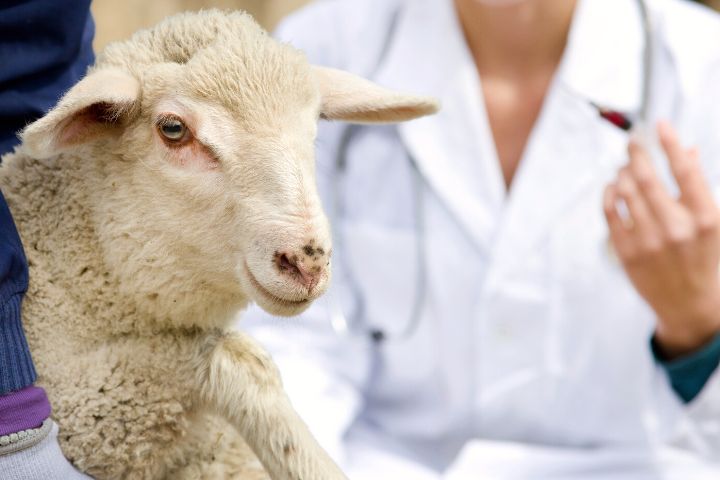
Vaccinations are especially important if the lamb did not drink any colostrum. This means that they do not have any antibodies, so that has to be supplied through a vaccine. You can do it on your own or take your new friend to the vet.
Your lamb should also be drenched. This means that you will give it a deworming medication so it is protected from worms. It is done with a special tool called a drenching gun, which easily allows you to give the lamb the medicine through its mouth. Dosing of the medication depends on which brand you use.
Frequently Asked Questions
How often to feed a newborn lamb?
You should be very strict with the feeding schedule of a newborn! Just like a baby, lambs need to be fed every 2 to 3 hours for their first two weeks in the world. If your lambs are doing well after a month or so, you can start feeding them every 4 hours.
What to do if a newborn lamb is not feeding?
Lambs who have not been nursed need to be helped. Usually, lambs have a strong suckling reflex after birth and would know how to nurse when they are put in front of a teat.
If the newborn seems a little confused, you should direct them by putting their mouth on the teat or putting milk in their mouth. If they are not responding to this, you would have to feed them through a syringe or tube.
